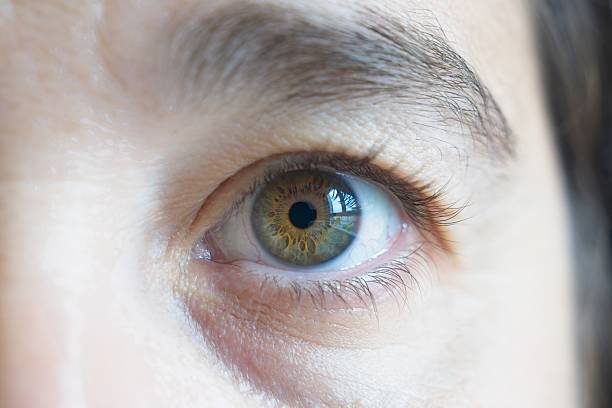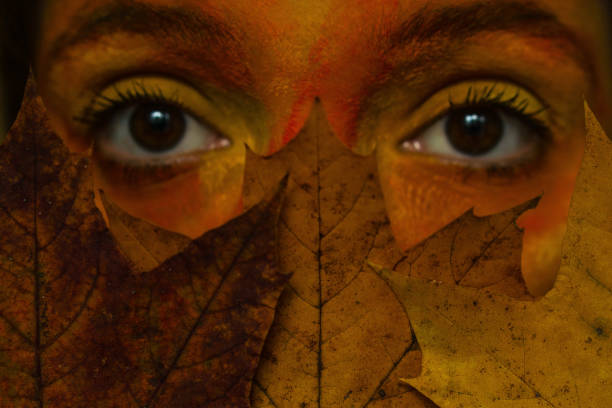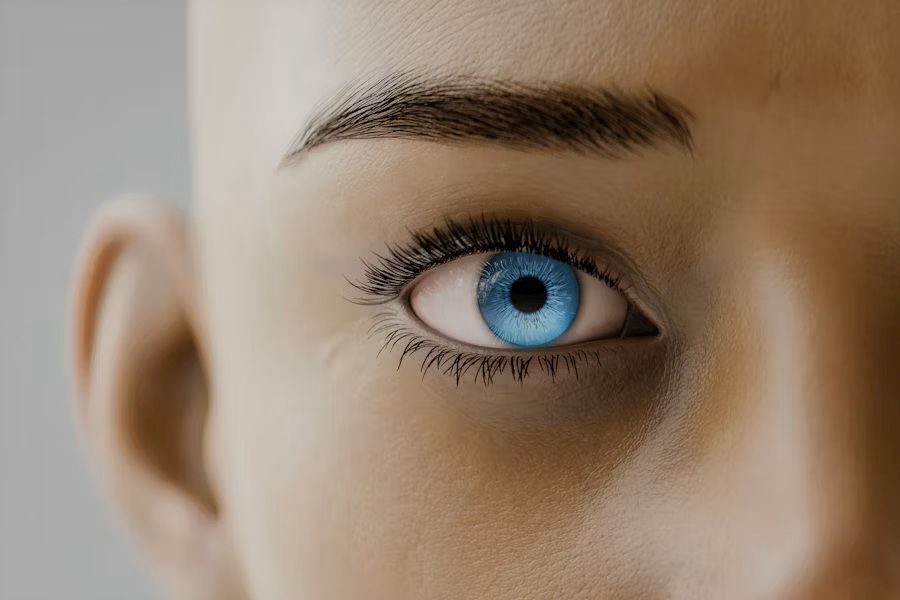Why People Feel an Emotional Connection to Their Iris Portrait

In a world saturated with digital images and fleeting selfies, iris portraits emerge as something profoundly different—a deeply intimate form of self-representation that transcends mere visual documentation. These intricate, magnified images of the human eye are more than photographs; they are emotional landscapes, personal mandalas that capture the complex terrain of human experience.
The Intimate Universe Within Your Eye
Each iris is a biological masterpiece, more unique than a fingerprint and infinitely more complex. With approximately 250 distinct characteristics and over 35 points used for identification, your iris is a living, breathing artwork that tells a story far beyond simple physical description.
What Makes an Iris Portrait Special
An iris portrait is not just a close-up image—it's a revelatory experience that offers:
- Unprecedented Personal Intimacy: A level of detail that reveals vulnerability
- Artistic Complexity: Natural patterns that rival the most sophisticated abstract art
- Emotional Depth: Visual representation of individual lived experience
- Scientific Fascination: A window into personal genetic and environmental history
The Psychological Impact of Seeing Yourself Differently
When people first encounter a detailed iris portrait, the emotional response is often profound and multifaceted:
Moments of Self-Discovery
Individuals frequently describe their initial iris portrait viewing as a transformative experience. Unlike traditional portraits that capture external appearances, iris portraits reveal:
- Hidden Patterns: Intricate designs unique to each individual
- Color Nuances: Subtle variations invisible to the naked eye
- Emotional Topography: Metaphorical landscapes of personal experience
One participant in a research study described her reaction: "It was like seeing myself for the first time—not just how I look, but how I'm constructed from the inside out."
The Science Behind Emotional Connection
Several psychological and neurological factors contribute to the powerful emotional response triggered by iris portraits:
Pattern Recognition and Emotional Processing
The human brain is uniquely wired to find meaning in patterns. Iris portraits tap into this fundamental cognitive process by presenting:
- Symmetrical Complexity: Patterns that are simultaneously random and organized
- Fractal-like Structures: Repeated designs that echo mathematical principles of natural growth
- Color Gradients: Subtle shifts that mirror emotional complexity
Neuroscientific research suggests that viewing such intricate, personal patterns activates multiple brain regions associated with:
- Emotional processing
- Self-recognition
- Aesthetic appreciation
- Psychological introspection
Biometric Intimacy
Unlike other body parts, eyes have long been considered windows to the soul across cultures. Iris portraits amplify this metaphorical connection by presenting:
- Extreme Magnification: Revealing details imperceptible in everyday interaction
- Natural Abstraction: Patterns that resemble landscapes, geological formations, or cosmic imagery
- Individual Uniqueness: A visual representation of personal genetic storytelling
Emotional Resonance Across Different Perspectives
For Artists and Creatives
Artists often describe iris portraits as:
- Living abstract paintings
- Biological mandalas
- Personal mythological landscapes
- Representations of inner emotional states
For Scientists and Researchers
Researchers view iris portraits through lenses of:
- Genetic expression
- Environmental interaction documentation
- Biological complexity visualization
- Individual variation studies
For Individuals
Personal responses typically include feelings of:
- Vulnerability
- Fascination
- Self-discovery
- Profound uniqueness
Cultural and Psychological Significance
Different cultural perspectives offer rich interpretations of iris significance:
Western Psychological View
- Emphasis on individual identity
- Representation of personal narrative
- Exploration of inner emotional landscapes
Eastern Philosophical Perspective
- Eyes as portals of spiritual energy
- Iris as a map of life experiences
- Reflection of inner harmony and balance
Indigenous Wisdom Traditions
- Eyes as connections to ancestral stories
- Iris patterns as personal spiritual signatures
- Visual representations of life journey
The Technological Evolution of Iris Portraiture
Emerging Technologies
Advances in imaging technology are transforming iris portraiture:
- Macro Photography: Unprecedented detail capture
- Digital Enhancement: Revealing hidden color variations
- 3D Mapping: Creating multi-dimensional iris representations
- Color Spectrum Analysis: Interpreting emotional and health indicators
Potential Future Applications
Researchers explore potential uses including:
- Personalized health assessments
- Emotional state understanding
- Genetic heritage visualization
- Artistic personal documentation
Creating Your Own Emotional Connection
Iris Portrait Exploration Practices
-
Professional Macro Photography
- Work with photographers specializing in eye portraiture
- Use high-resolution, specialized macro lenses
- Ensure proper lighting and professional setup
-
Personal Reflection Techniques
- Spend time observing your iris portrait
- Note emotional responses and personal associations
- Journal about patterns and feelings evoked
-
Artistic Interpretation
- Consider creating artwork inspired by your iris portrait
- Explore metaphorical meanings of observed patterns
- Share your unique perspective
Ethical and Privacy Considerations
As iris portraits become more prevalent, important ethical questions emerge:
- Balancing personal expression with biometric privacy
- Responsible use of highly personal imagery
- Consent and control over intimate visual representations
The Deeper Emotional Landscape
An iris portrait is ultimately more than a photograph—it's a collaboration between:
- Biological inheritance
- Environmental influences
- Personal experiences
- Technological innovation
- Artistic interpretation
A Personal Invitation
Your iris portrait invites you to:
- See yourself from a new perspective
- Appreciate your individual complexity
- Recognize the extraordinary within the ordinary
Conclusion: Beyond the Surface
In a world that often reduces identity to superficial markers, iris portraits offer a radical alternative—a celebration of individual complexity, a testament to the intricate beauty residing within each person.
Your eyes are not just sensory organs but living narratives, constantly evolving, infinitely nuanced. An iris portrait doesn't just capture how you look—it reveals who you are.
发表评论
评论将在出现之前批准。




